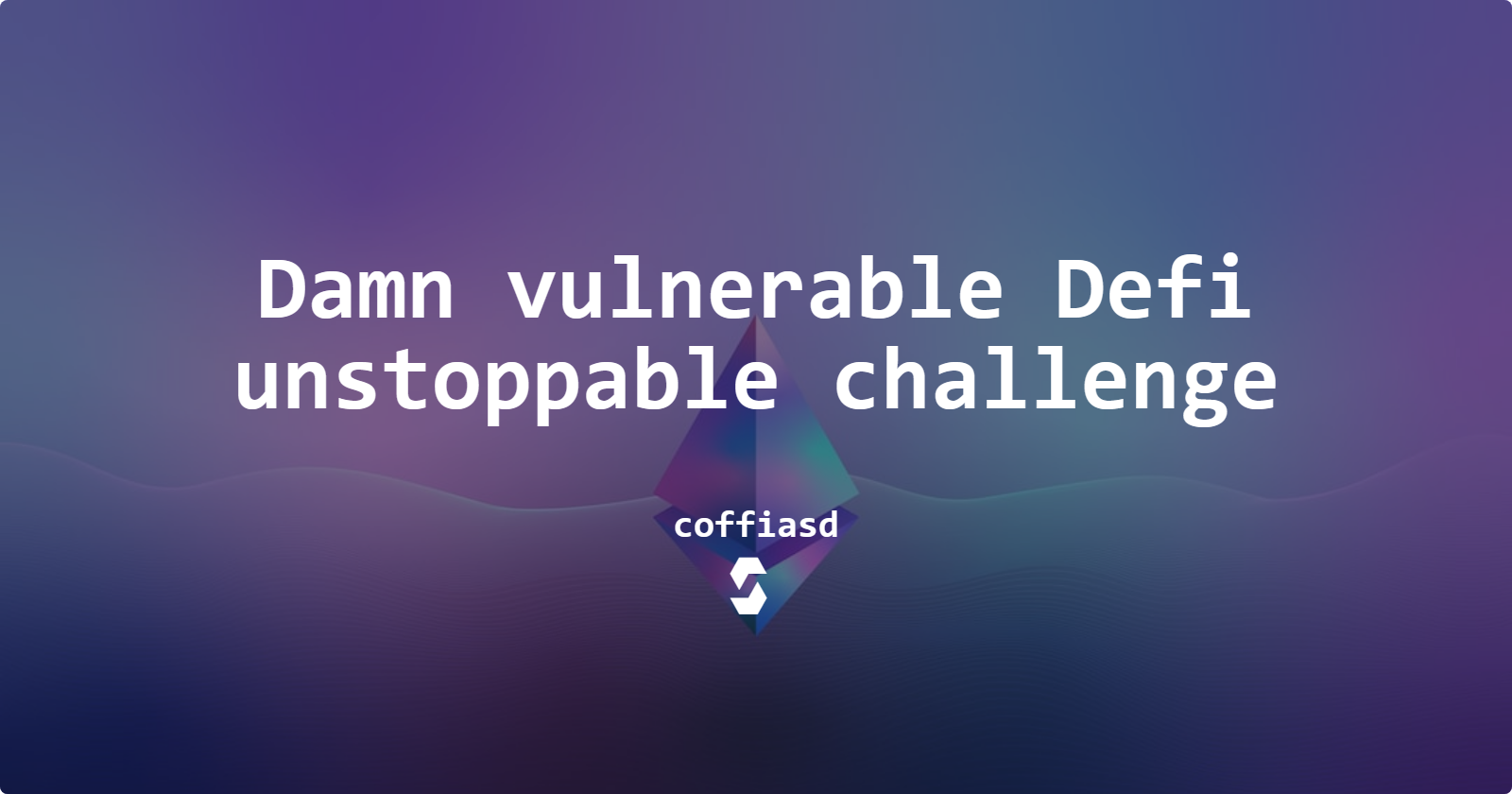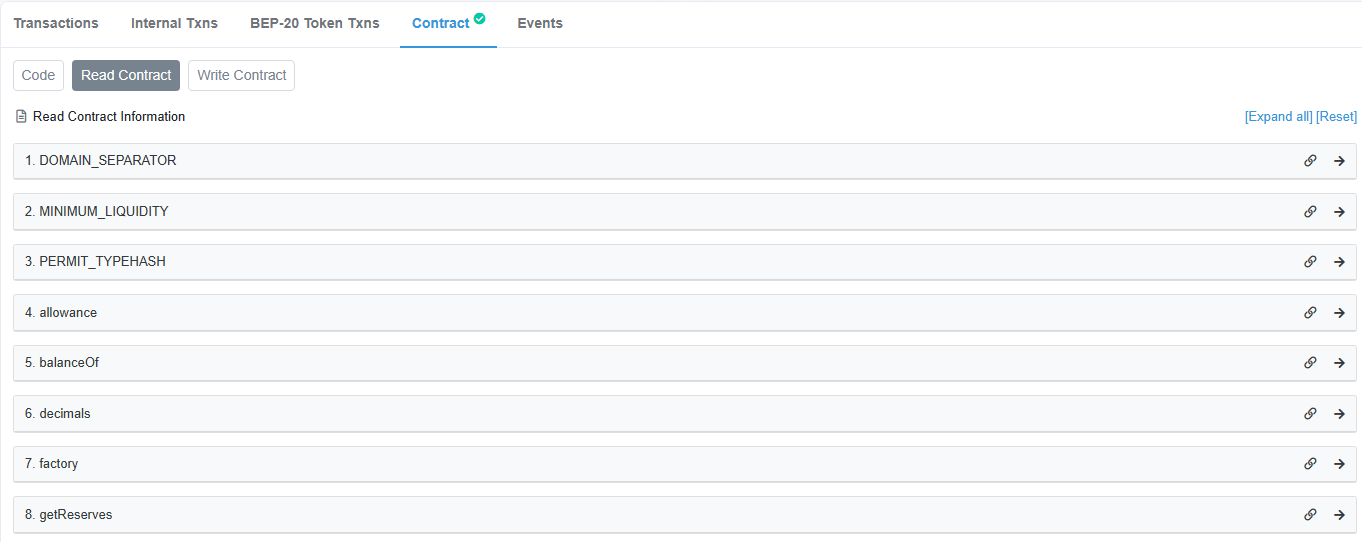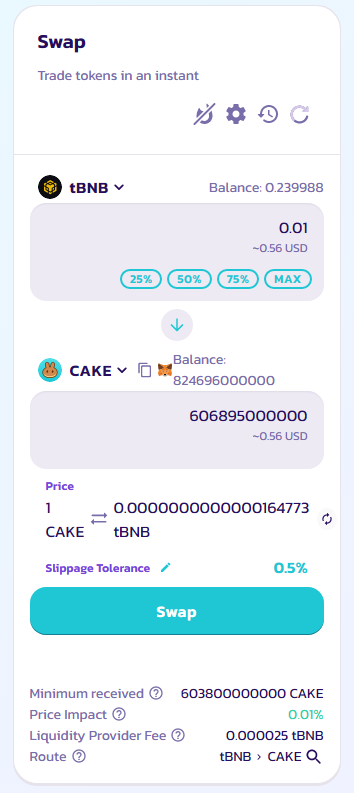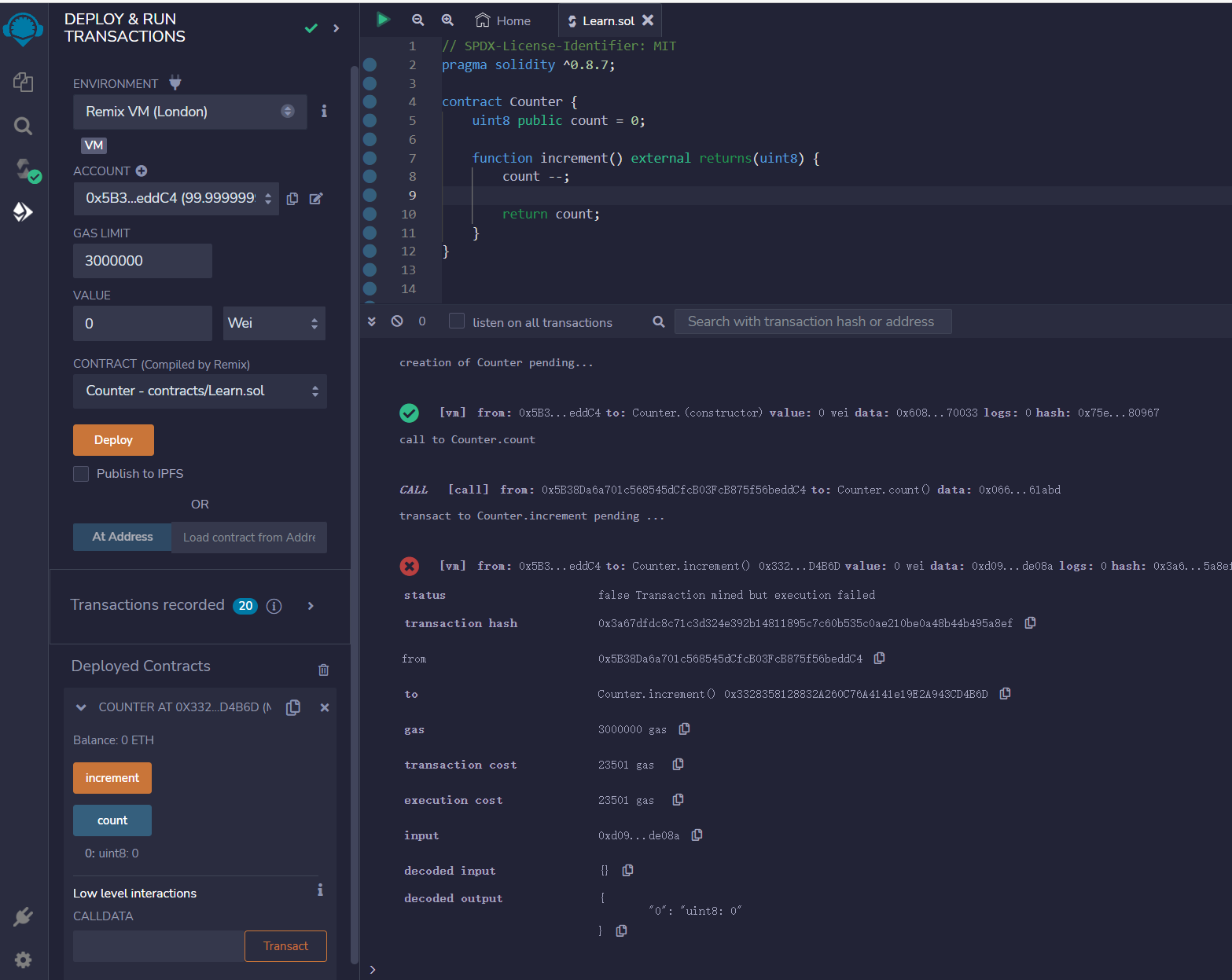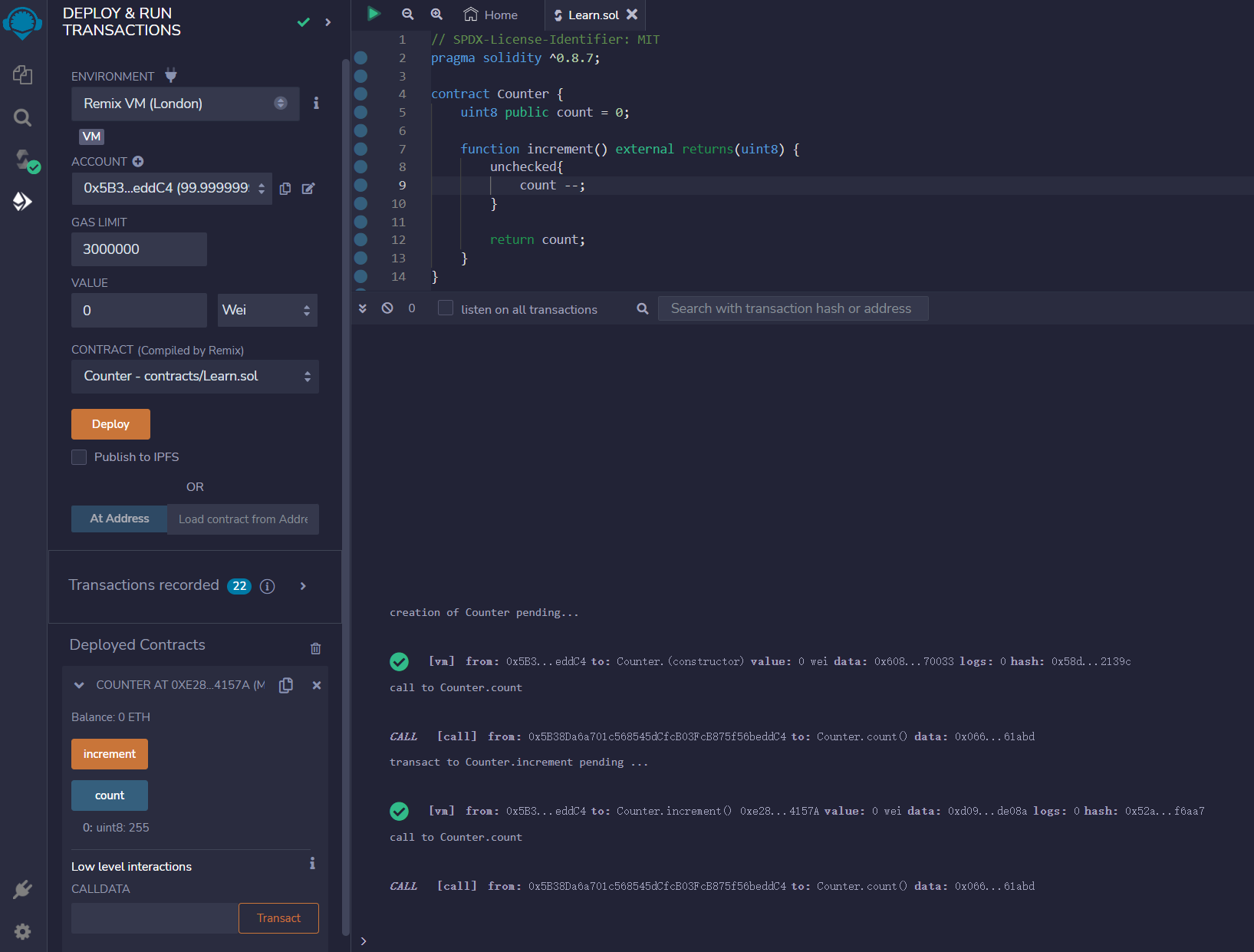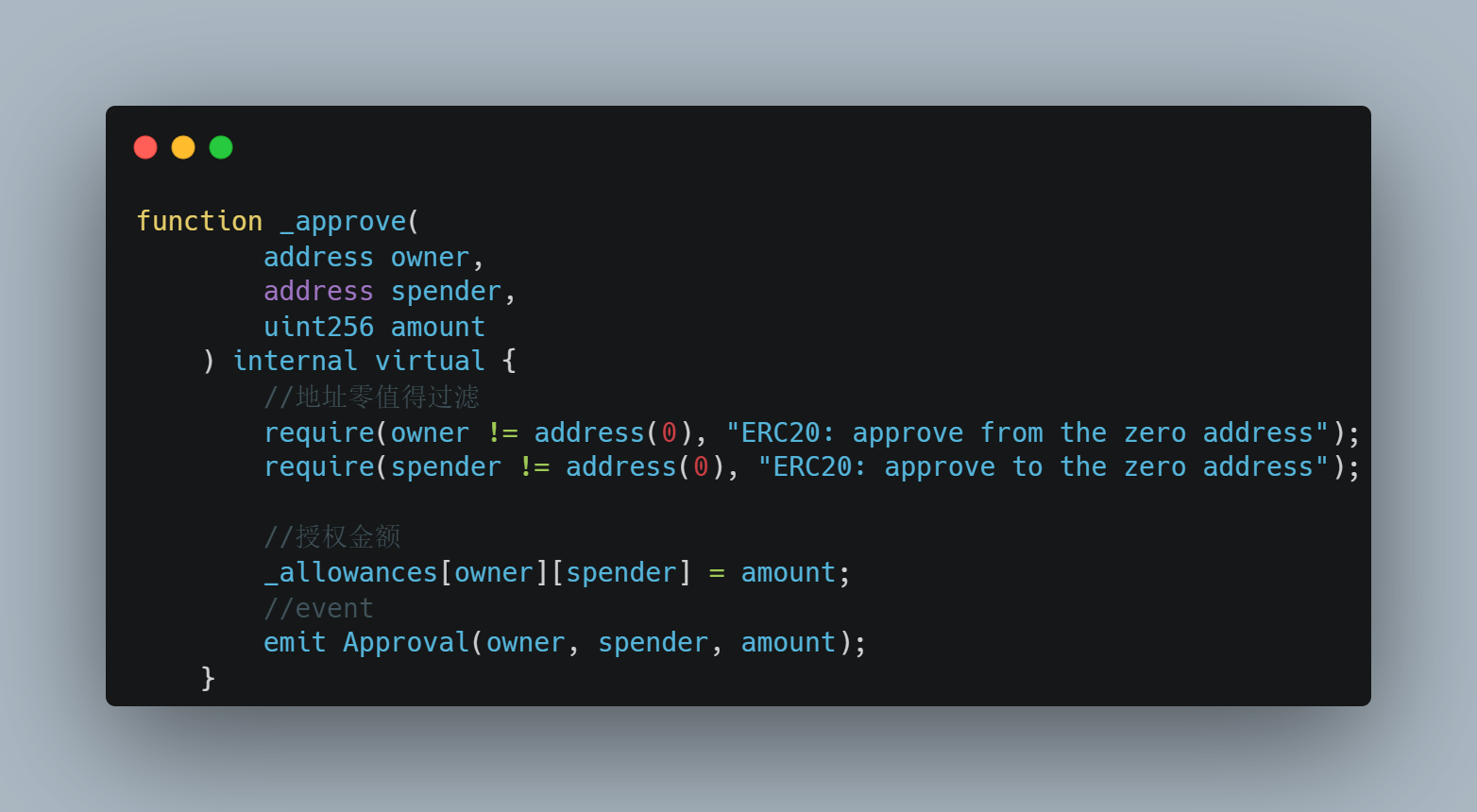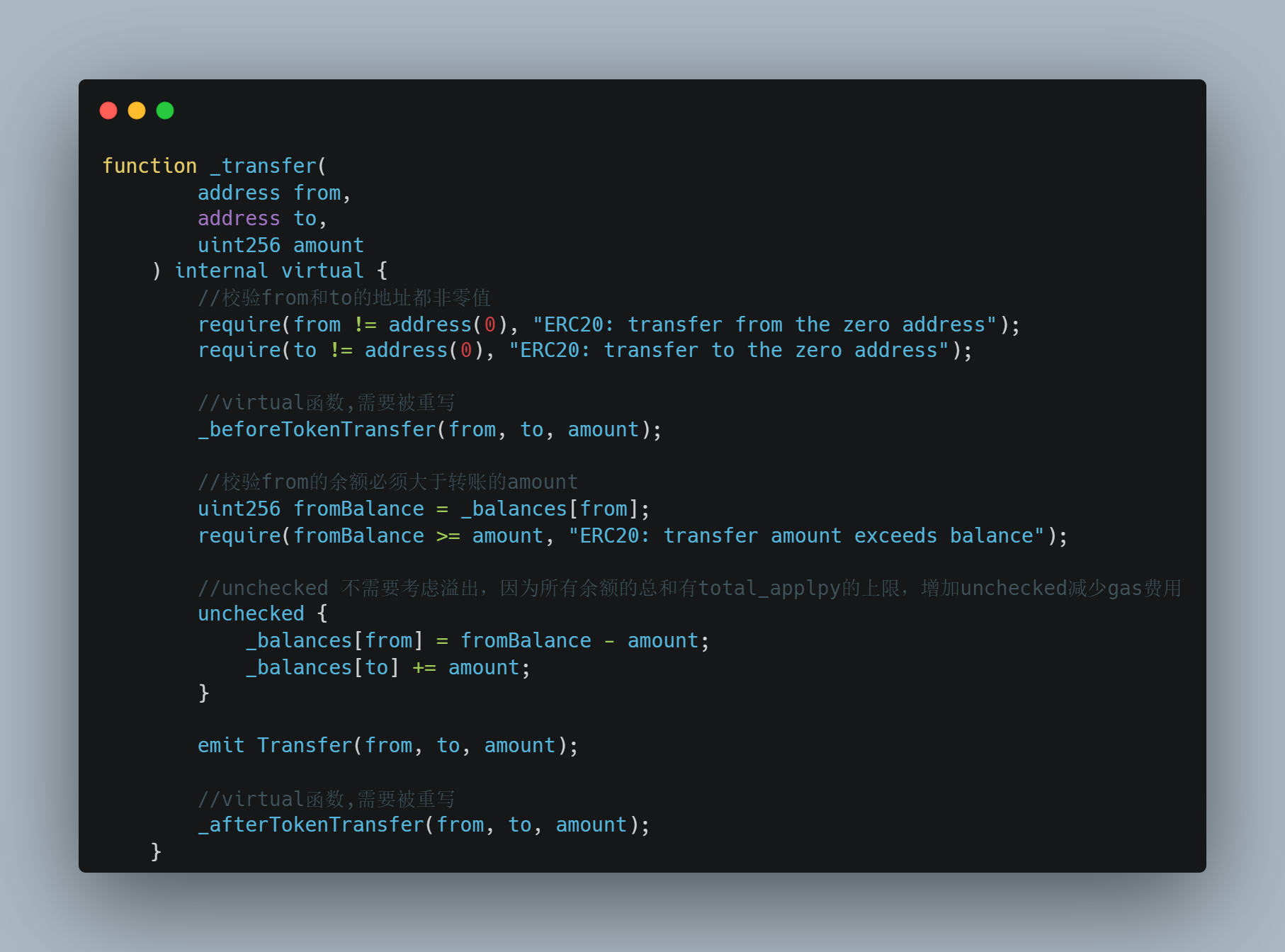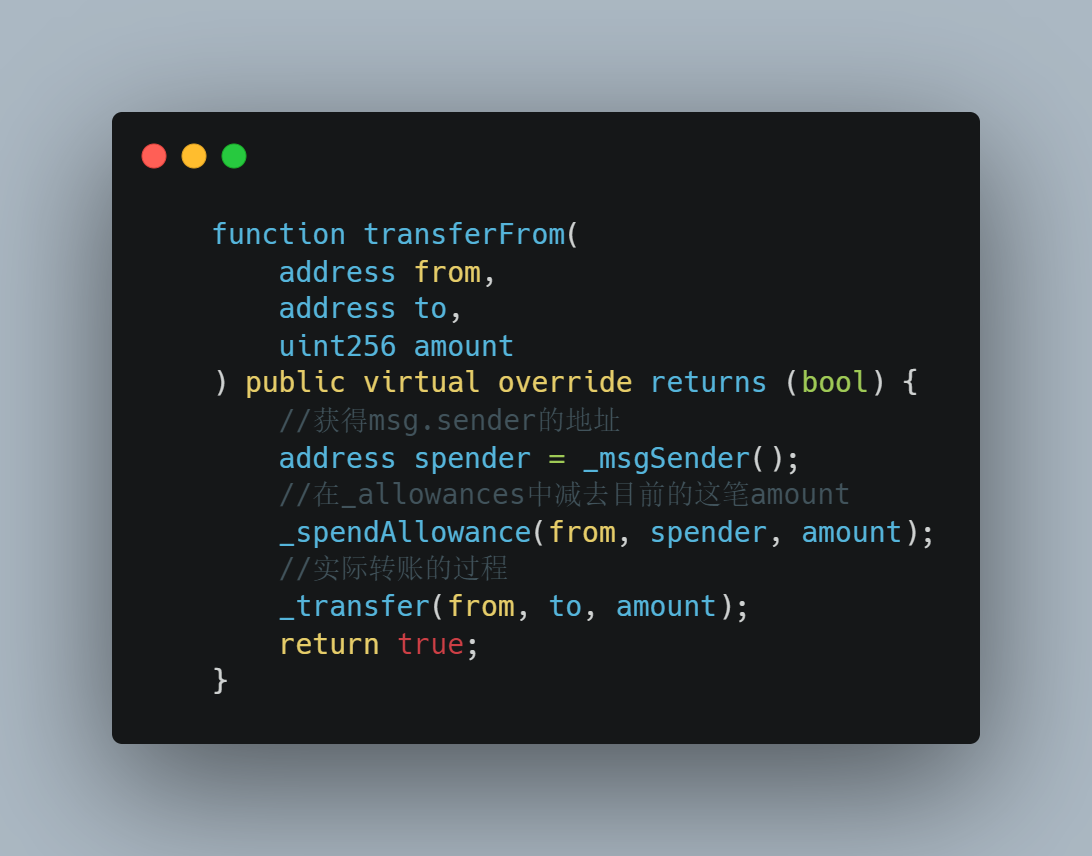All you need to know for writing a reserve protocol collateral plugins quick start
core plugin depends on two plugin types:
- Assets / Collateral (contracts/plugins/assets)
- Trading (contract/plugins/trading) not discussed here
Collateral is erc20 token + below:
- if ERC20 back ?
- refresh()
- status() SOUND/IFFY/DISABLED
- rate exchange
Monetary units
- Unit of Account
- Target unit
RToken maintaining stability or appreciation against its target unit
- Reference unit
e.g. of 3 different tokens
- Collateral : cUSDC
- Refence : USDC
- Target : USD
Units definition
- {UoA} unit of account recommand USD here
- {tok} whole token
- {ref} whole reference token
- {target} whole target unit
- {ref/tok} refPerTok()
- {target/ref} targetPerRef()
- {UoA/target} pricePerTarget()
Basket definition
- Prime basket
this is set by governance , on changes through successful governance proposals. it consists of an array of triples
<collateral token,target unit,tartget amount>
e.g. : <cUSDC,USD,0.1>
- Reference basket
<collateral token,reference unit,reference amount>
e.g. : <aDAI,DAI,0.33>
- Collateral bascket
<collateral token,token amount>
e.g.: <cUSDC,0.29>
IAsset interface
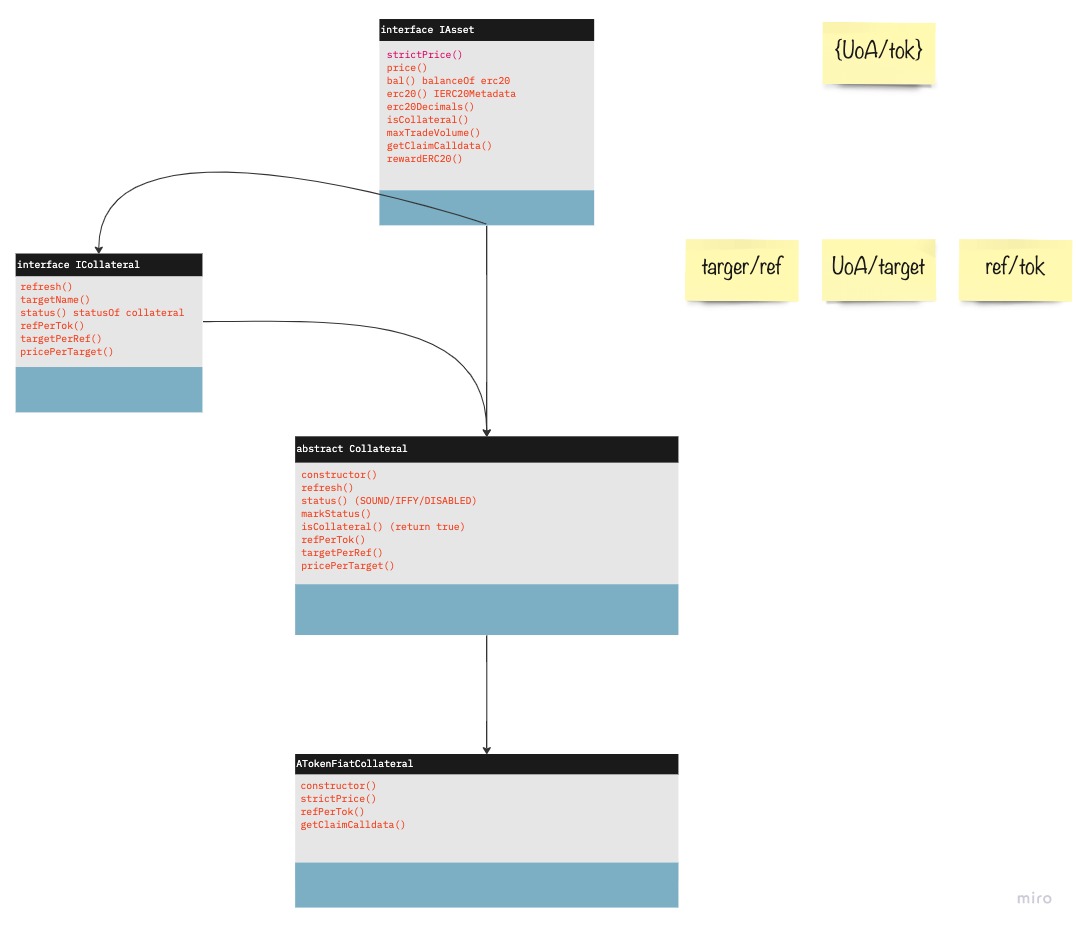
Accounting units
before we create a collateral plugin we have to choose 3 accounting units
Collateral unit
its just erc20 token
Reference unit
to be ask , what’s a unit that this collateral token will always be worth the same value or more of .
Target unit
target unit has to do with a concept called the target basket. what’s prime basket ?
A example of linear combination of target units:
- 1 USD
- 0.5 USD + 0.55 EURO
- 0.5 USD + 0.35 EURO + 0.00001BTC
Unit of account
we can assume UoA == USD , because for now USD price are king.
Important properties for collateral plugins
Collateral plugins should be permisionless and should be able to used by any number if RTokens
Token balance can’t be rebasing
refresh() should never be revert
refresh is been called before any transactions , it return exchange rates.
if occur an important error , refresh should change the state to DISABLED
strictPrice() price(bool) status()
the IFFY status should be temporary
Collateral must default if refPerTok() falls
Defaulted Collateral must stay defaulted
if status() ever returns disabled , then it must always return disabled in the nearly future
Token rewards should be claimable
- rewardERC20()
- getClaimCalldata()
Smaller Constraints
The value of the following methods should never change:
- isColleteral()
- targetName()
- erc20()
- rewardERC20()
- erc20Deciamls()
Function-by-function walkthrough
- strictPrice() {UoA/tok}
- price(bool) {UoA/tok}
if revert depends on the bool value true or false
- refPerTok() {ref/tok}
- targetPerRef() {target/ref}
- pricePerTarget(){UoA/tartget}
